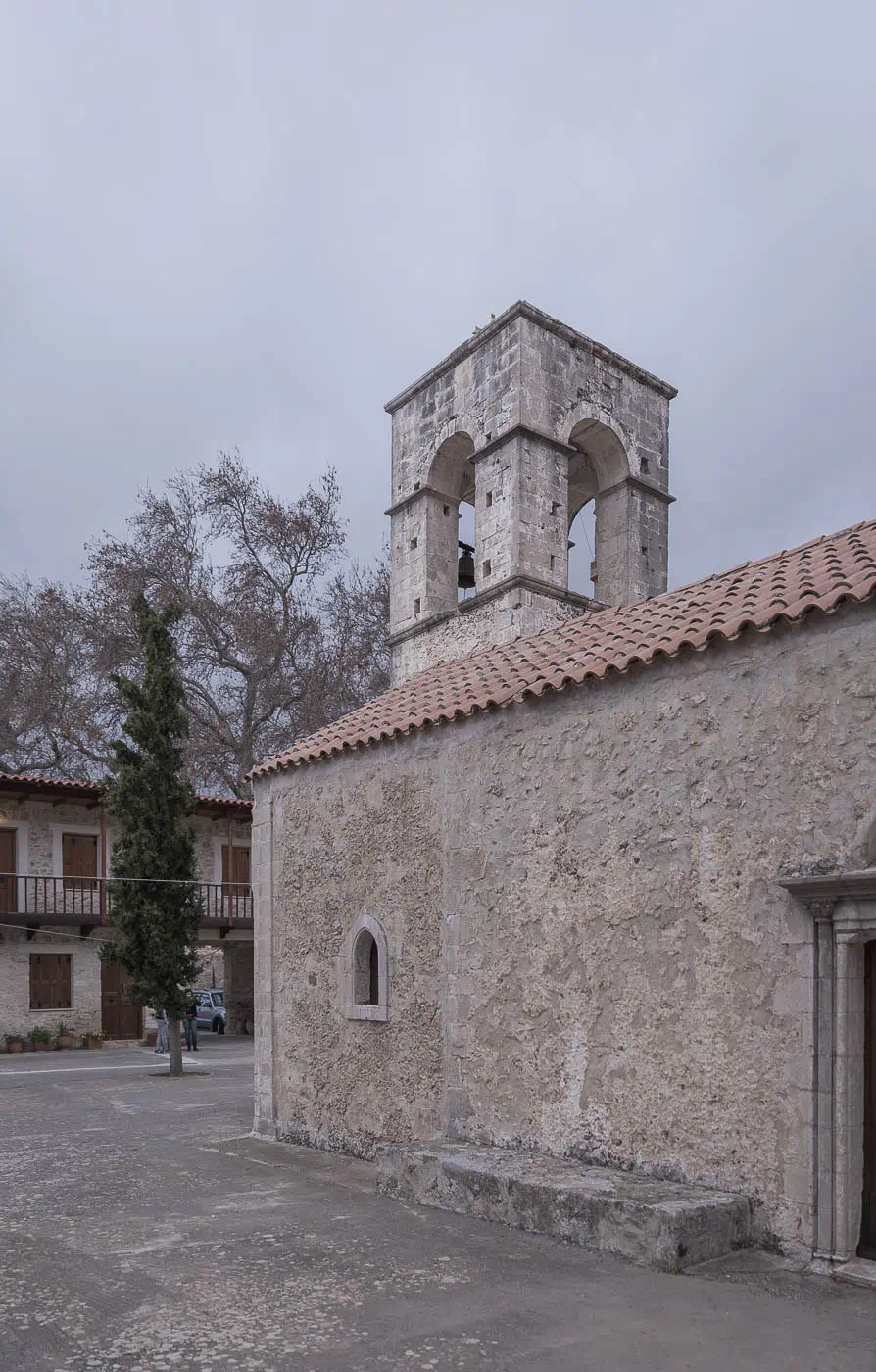
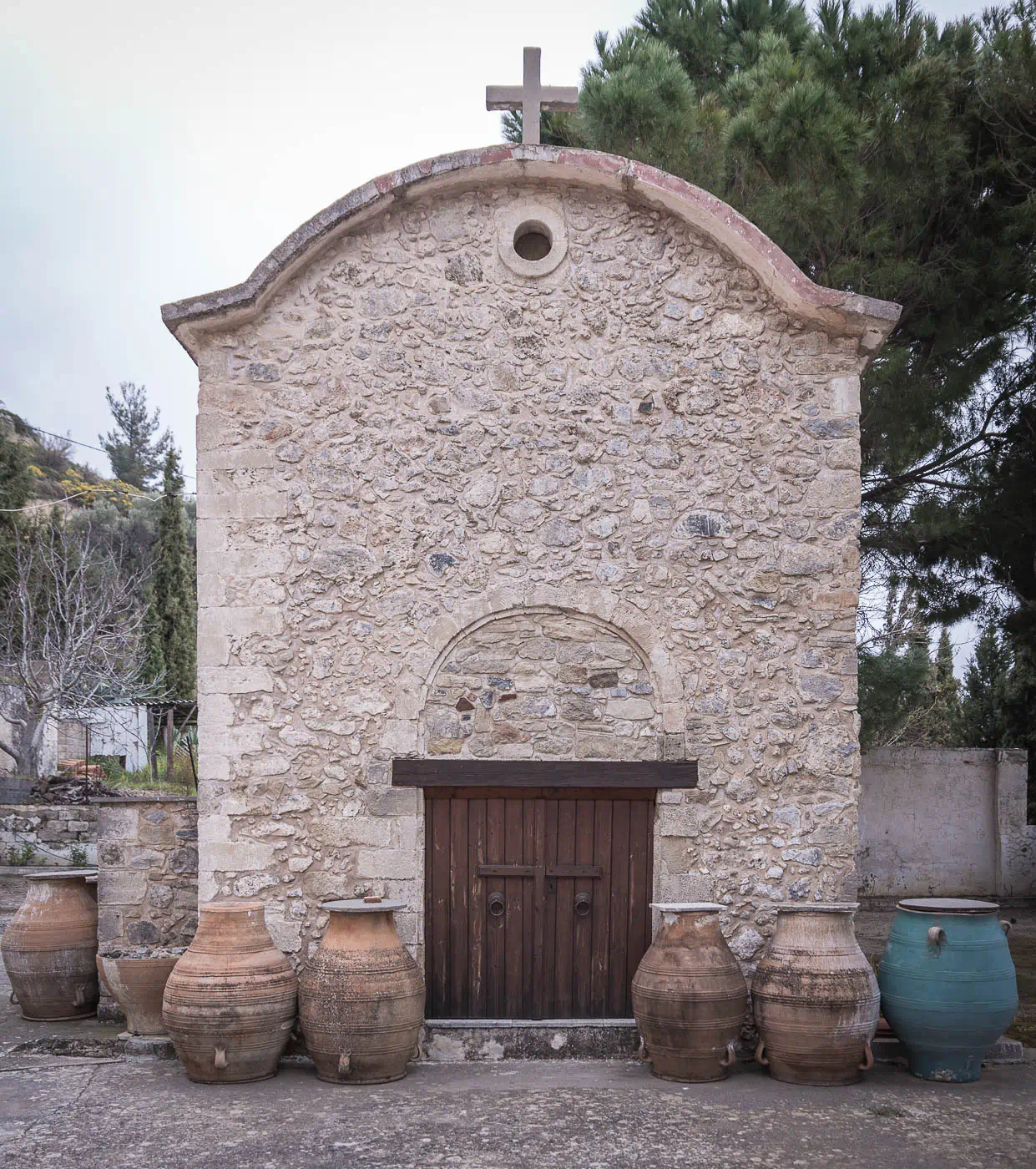
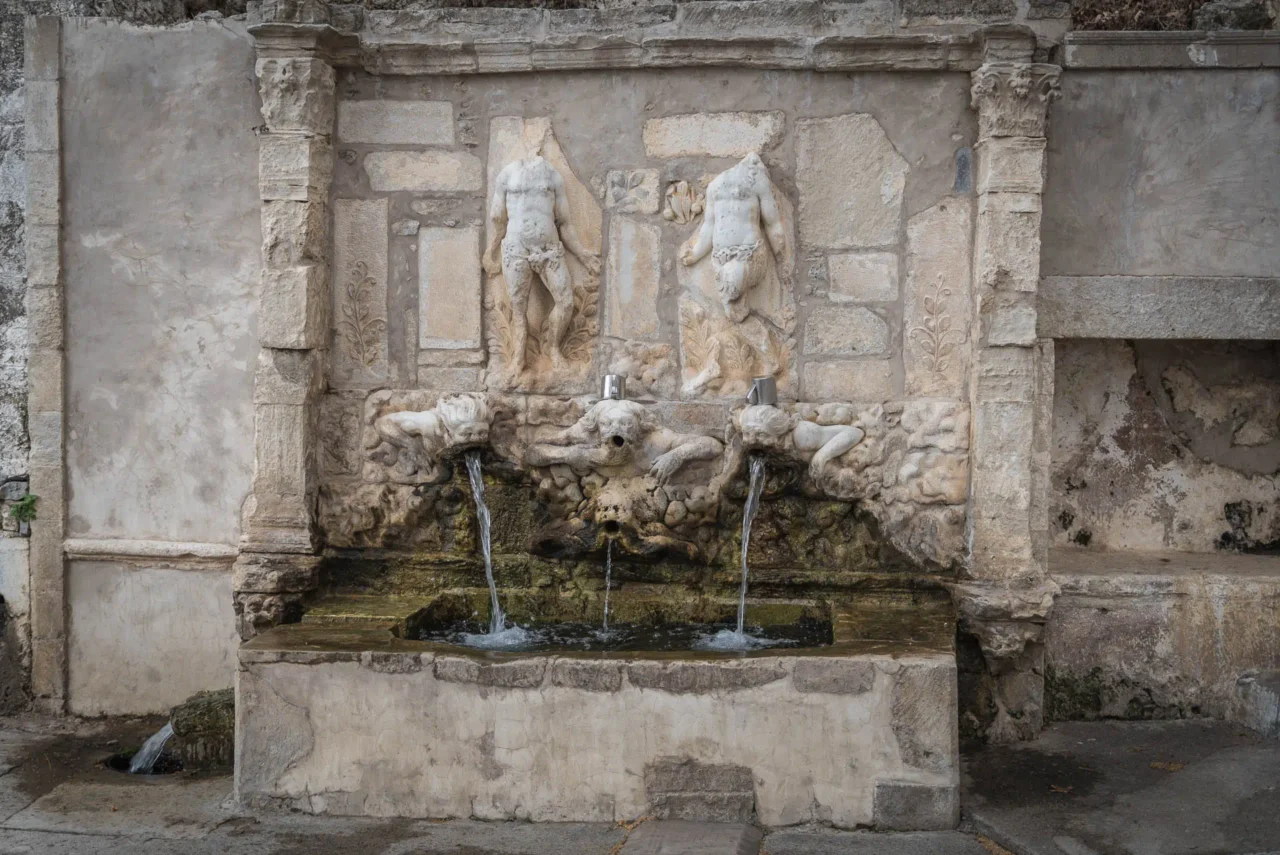
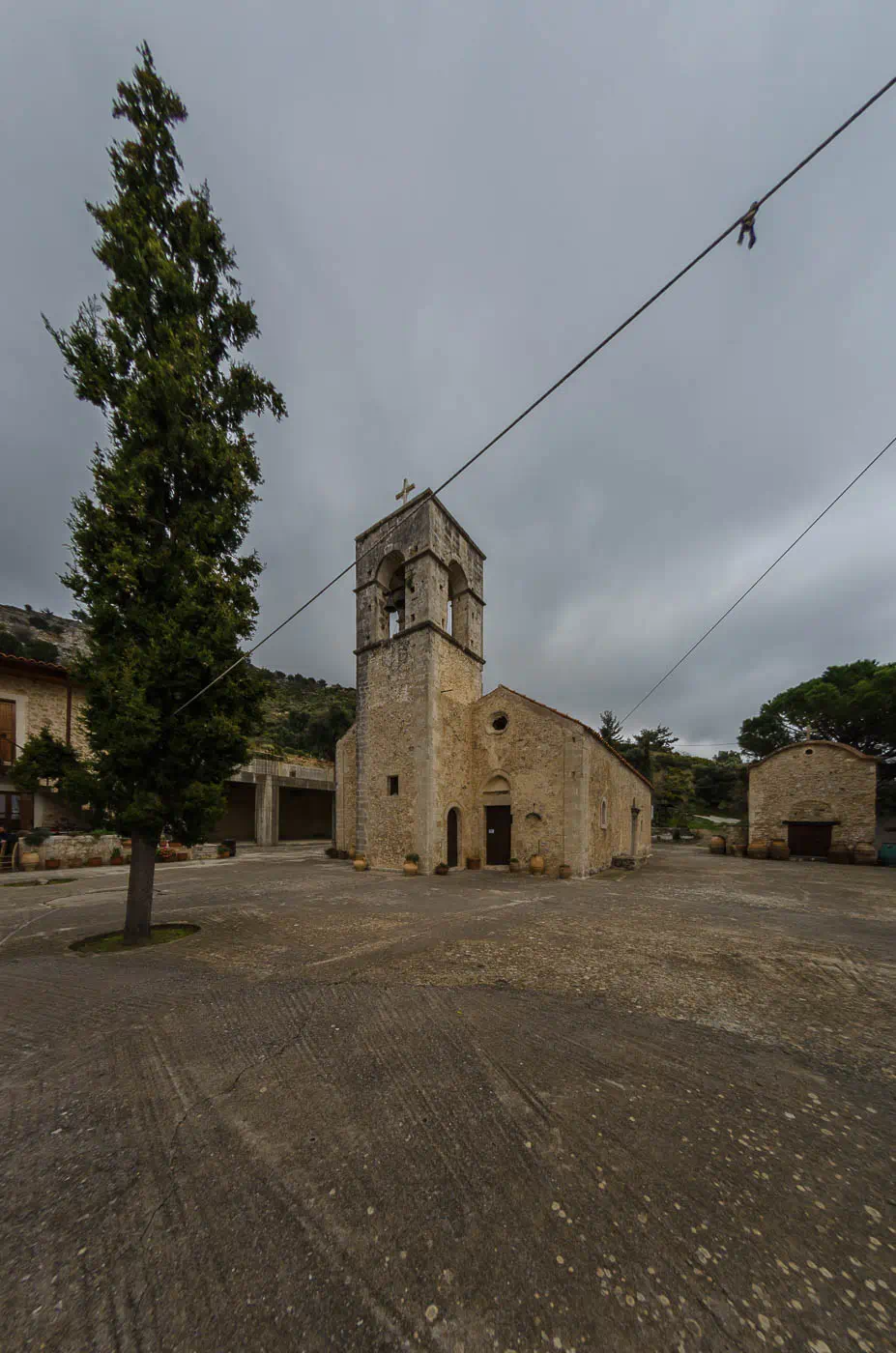
Introduction
Moni Vrontisiou, also known as Vrontissiou Monastery, is a historic monastery located in the southern foothills of the Psiloritis Mountains in Crete, Greece. Dedicated to Saint Anthony and the Touching of Thomas, the monastery is renowned for its rich history, impressive architecture, and stunning frescoes.
History
The exact date of Moni Vrontisiou’s foundation remains uncertain, with some sources suggesting its establishment as early as the 9th century. Initially a dependency of the nearby Varsamonero Monastery, Vrontisiou rose to prominence in the 15th and 16th centuries, surpassing its parent monastery in both wealth and influence.
During the Ottoman period, Moni Vrontisiou played a pivotal role in the Cretan struggle for independence. In 1645, following the destruction of Arkadi Monastery, Vrontisiou provided refuge to the displaced monks. The monastery’s strategic location made it a hub for revolutionary activities during the 19th-century Cretan revolts. In 1866, it served as the headquarters for Michael Korakas, the leader of the Mesara uprising. However, the monastery’s support for the rebellion led to retaliation from the Ottoman forces. In 1866, monks were massacred, olive trees and crops were burned, and the monastery was abandoned.
Architectural Highlights
Despite the destruction it endured, Moni Vrontisiou retains its architectural grandeur. The monastery complex features a fortified perimeter wall, a two-story main building, and a separate bell tower. The most striking feature is the 15th-century marble fountain at the entrance, adorned with intricate carvings depicting Adam and Eve, the Almighty, and the four rivers of Eden.
The monastery’s main church, a two-aisled structure, is dedicated to Saint Anthony and the Touching of Thomas. The interior walls once bore extensive frescoes, but only fragments have survived, dating back to the 14th century. These frescoes showcase the high level of artistic mastery prevalent in Cretan art during that period.
Significance
Moni Vrontisiou stands as a testament to Crete’s rich history and unwavering spirit. Its architectural beauty, coupled with its historical significance, makes it a must-visit destination for anyone exploring the island’s cultural heritage.
Additional Information
-
Location: Moni Vrontisiou is situated between the villages of Zaros and Vorizia, approximately 49 kilometers southwest of Heraklion.
-
Visiting Hours: The monastery is open to the public daily from 8:00 AM to 5:00 PM.
-
Admission Fee: Entrance to the monastery is free.
-
Dress Code: Visitors are expected to dress modestly, covering shoulders and knees.
Tips for Visitors
-
Explore the monastery complex: Take your time to wander through the monastery’s grounds, admiring the architecture, the fountain, and the surrounding landscape.
-
Admire the frescoes: While only fragments of the frescoes remain, they still offer a glimpse into the artistic style of the 14th century.
-
Learn about the monastery’s history: Immerse yourself in the monastery’s rich history, understanding its role in Cretan revolts and its cultural significance.
-
Respect the religious atmosphere: Be mindful of the monastery’s religious significance and maintain a respectful demeanor.
Moni Vrontisiou awaits your visit, ready to unveil its captivating history and architectural splendor.













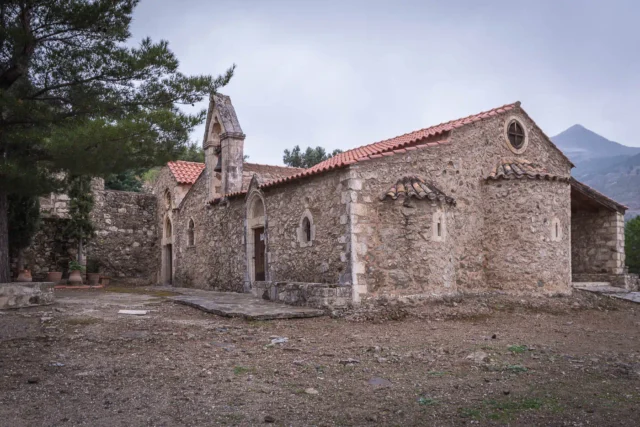
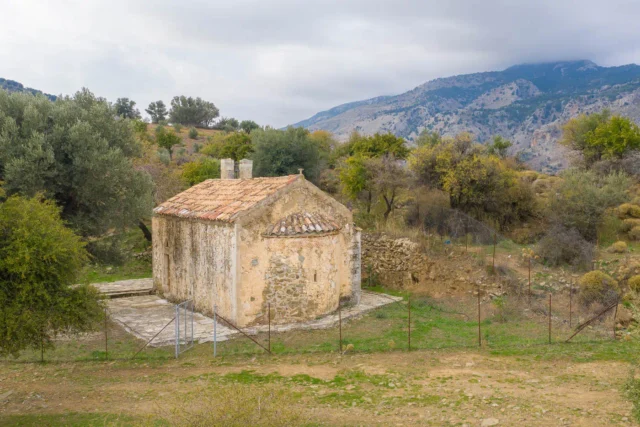

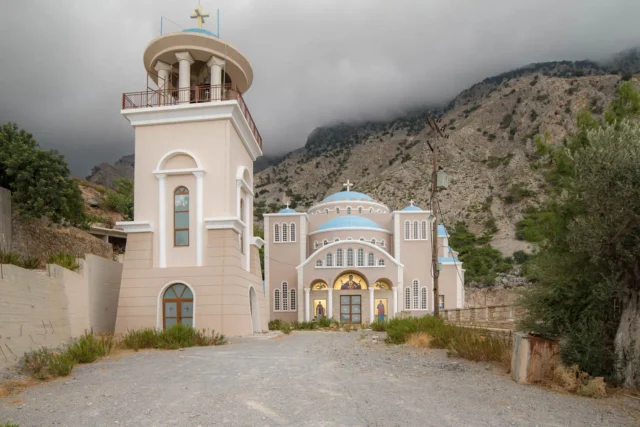
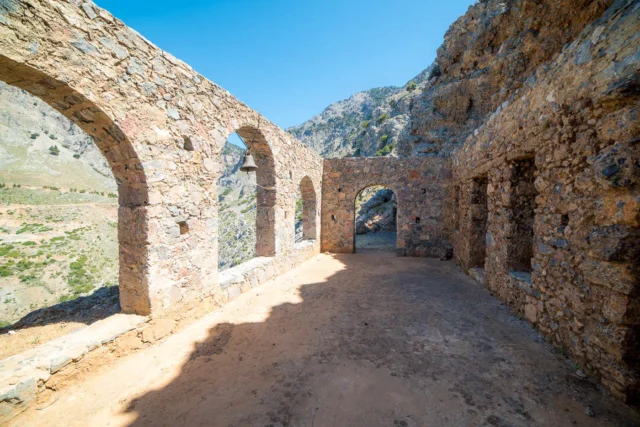

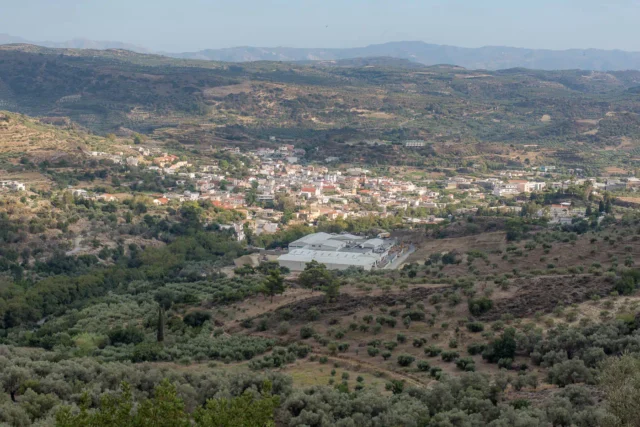
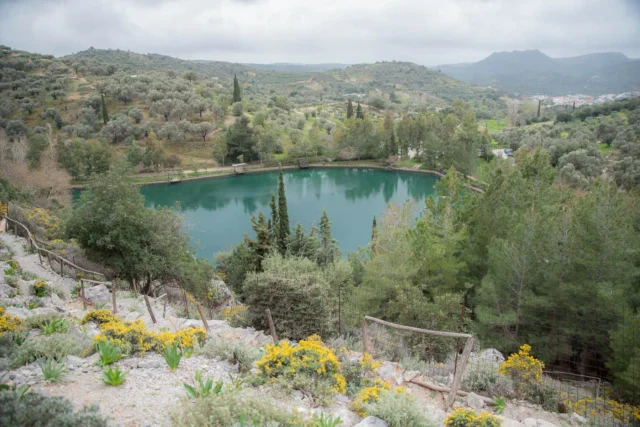
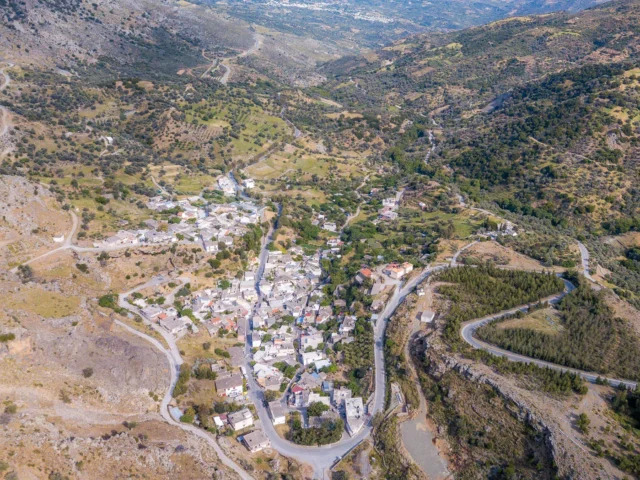




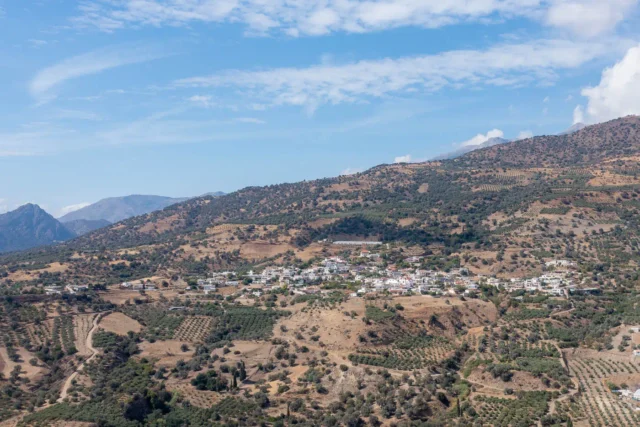
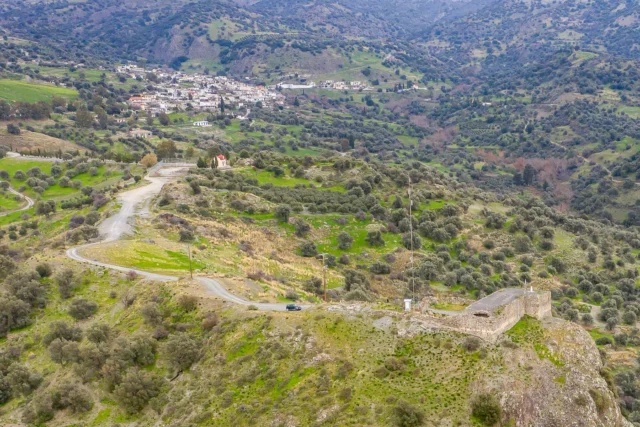
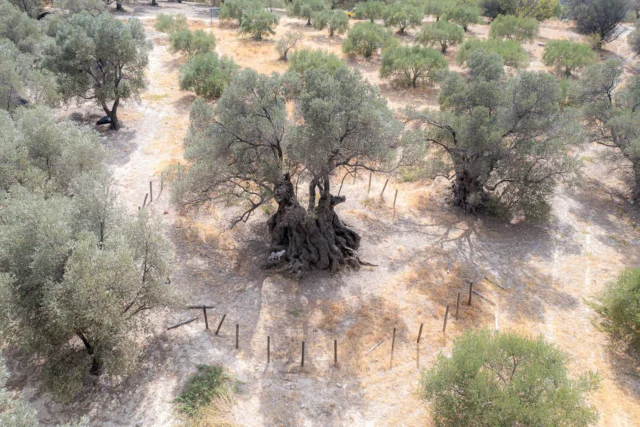
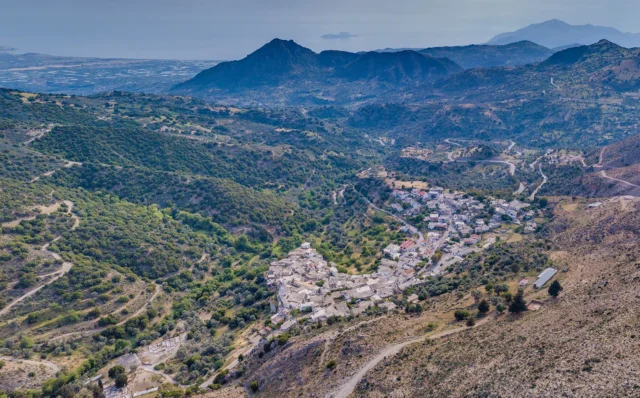
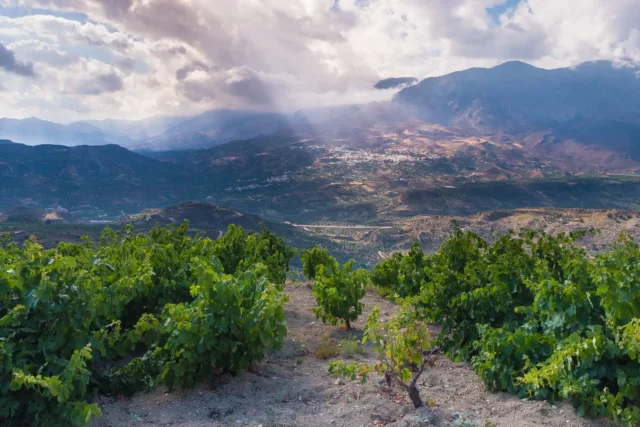
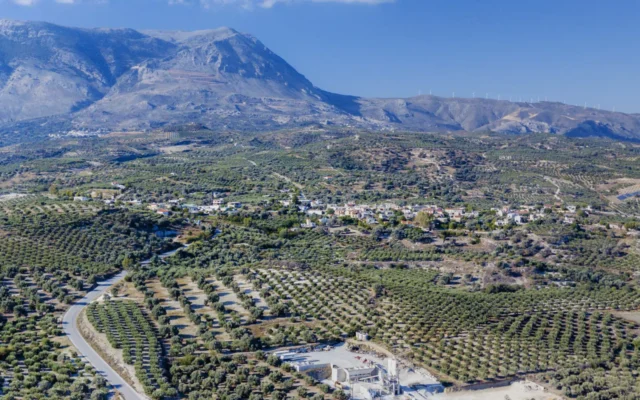
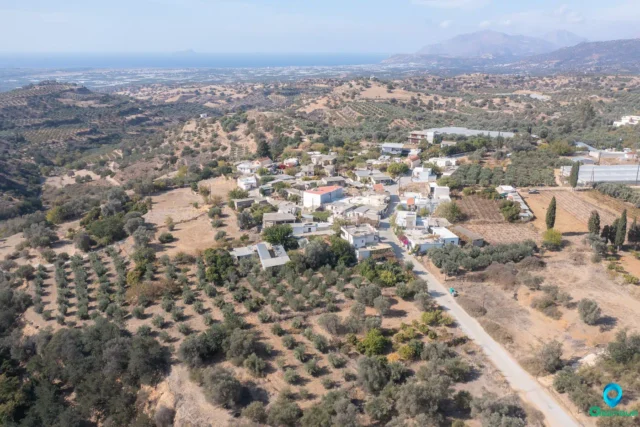

There are no comments yet.